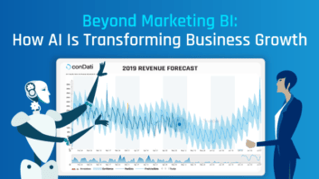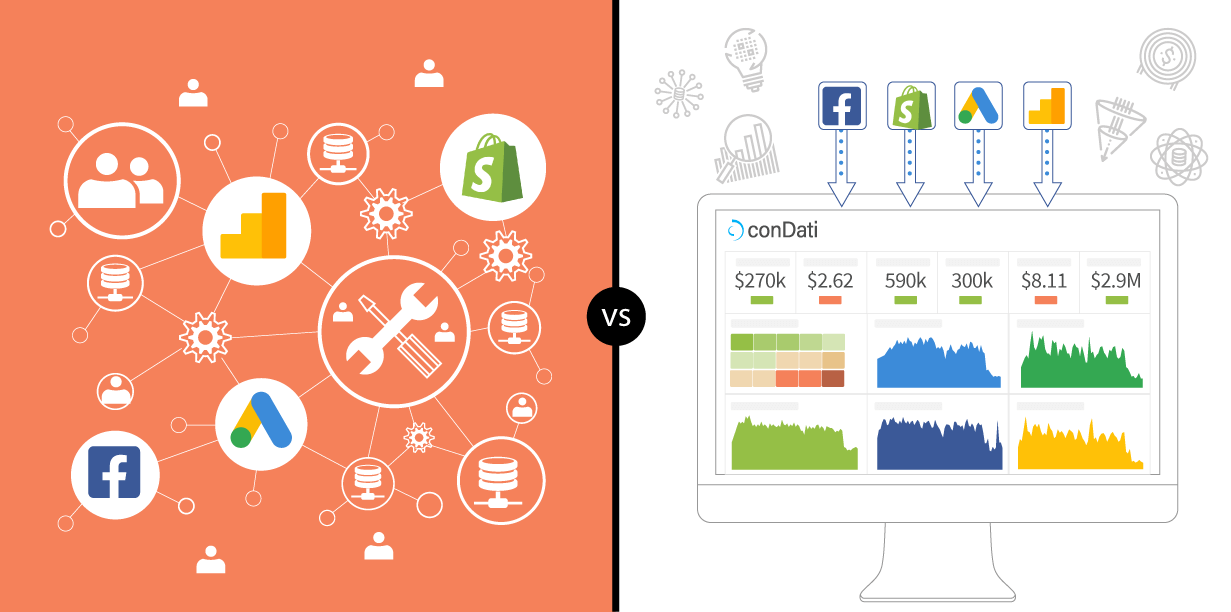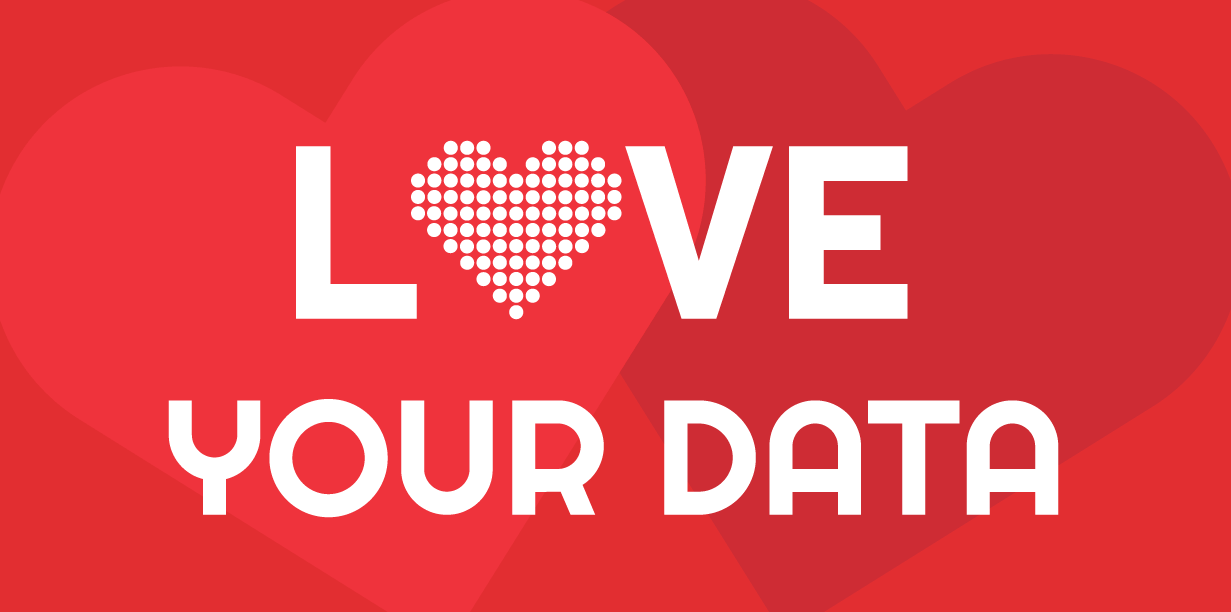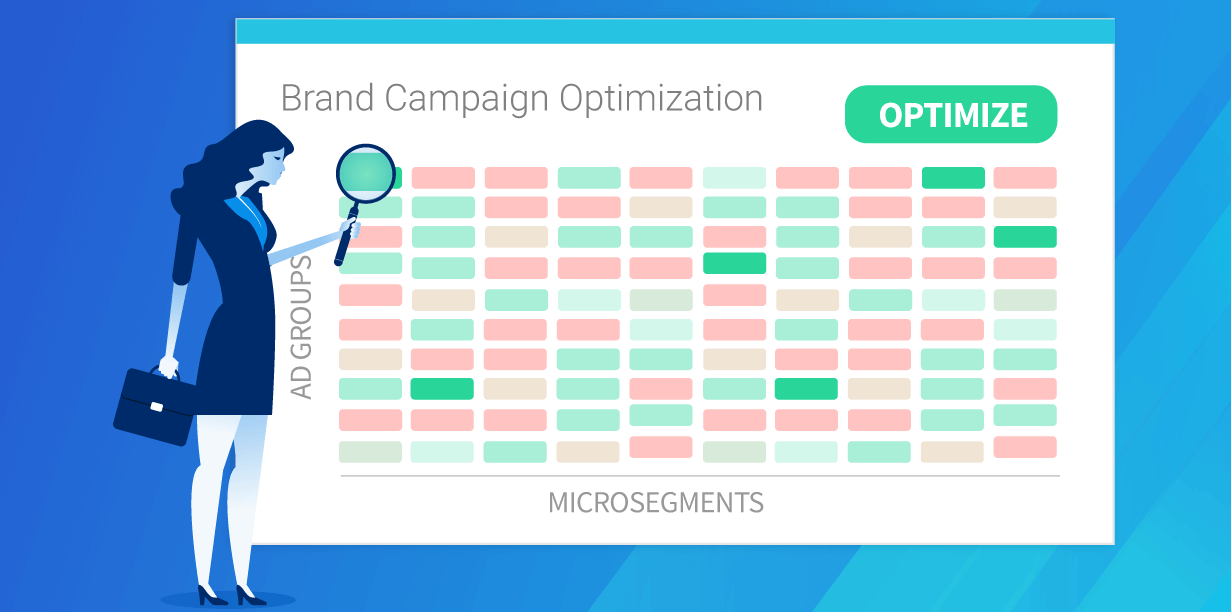Is Marketing Ready for Artificial Intelligence?

The Rise of Data Science as a Service
After a few AI winters, we may have finally entered the golden age for Machine Learning (ML) and Artificial Intelligence (AI). The environment for the expansion of ML for marketing has never been better, with exponential growth in data volume now meeting sophisticated algorithms and AI procedures to solve all kinds of business challenges. Couple this capability with the incredible efficiency of cloud storage and compute services, and the world is well positioned to finally see practical advancements and outcomes from AI and ML for marketing functions.
It makes sense, then, that CMOs and marketers are asking if they’re ready to embrace ML and AI in their brands, and, if so, where and how should they adjust their marketing organization to take full advantage of the available technology. They also want to know how to sift through and vet today’s ML/AI vendors to separate real and effective solutions from buzzwords and jargon that may not actually deliver. In the world of marketing, a few things are certain:
- There’s plenty of room to grow in efficiency and effectiveness
- Digital marketing spend (and corresponding datasets) represent a large and increasing share of budgets
- Marketing organizations are already adopting data driven marketing capabilities that extend into the fields of marketing and decision science
So, the stage is set. Below is some practical advice and insight for marketing organizations as they think about the applicability and readiness of ML/AI in their processes.
The Magic is in the Channel
ML/AI is proving to have tremendous value within channel teams and their budgets across display, search, social, email, and beyond. While ML/AI is also being applied to multi-channel data sets and informing budget allocation decisions, the lowest hanging fruit is optimizing channel performance and letting investment follow performance for budget allocation.
Delivering ML/AI through channel optimization brings the least amount of organizational friction, as you can execute within existing team structures.
Evolving the Marketing Analytics Model with Data Science
A recurring theme coming from brands and agencies is that today’s marketing analytics and reporting offer only a current or static view of marketing performance, with limited ability to drive actionable recommendations.
Forecasting and Optimization are two areas where marketing analytics is pushing and looking forward:
Forecasting procedures can help accurately forecast and predict revenue and engagement by customizing to the seasonality in your business. Combined with anomaly detection, marketers can quickly react to KPI shortfalls.
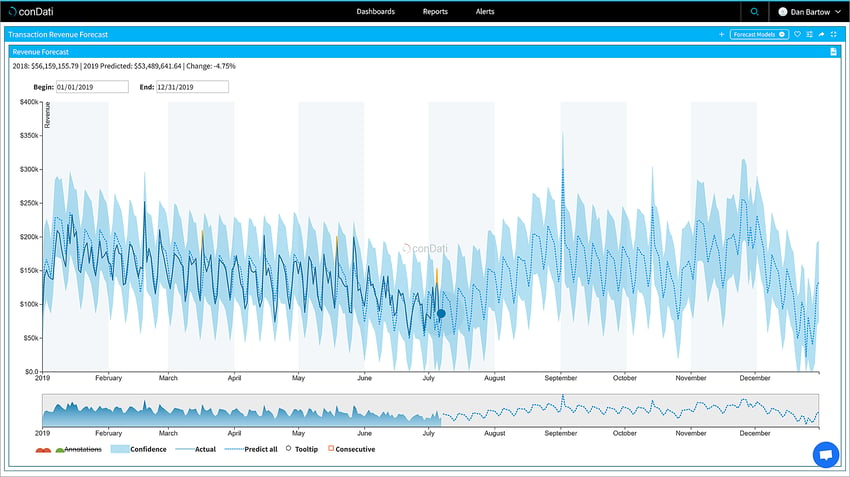
Source: conDati
Data scientists are building on forecasting procedures like Facebook’s Prophet, an open source forecasting procedure, to bring personalized forecasting capability to most marketing KPIs, including lower funnel and revenue metrics.
For Optimization, at conDati, our ML driven approach provides a recurring set of bid adjustments across all campaigns, optimizing for lower funnel conversions across audience and creative dimensions. Each bid adjustment is created based on a saturation curve for that targeting and creative set, effectively driving the maximum marginal utility. 
Source: conDati
The data science is operating at a tremendous scale and speed, offering a huge leap forward for marketing practitioners. In a recent example, conDati data scientists were able to drive a 3x lift in conversions, at a -30% decrease in Cost per Conversion using an ML driven optimization approach.
Transparency in Decisioning and Automation
We’re all a little wary of black-box automation. The availability of granular data sets and advanced visualization is ushering in a “no-excuses” environment where recommendations are supported by the corresponding analysis for human interpretation and approval.
At conDati, we maintain a long tail of dashboards that stand ready to support specific recommendations. For example, when our recommendation dashboard suggests a time shifting of advertising budget to Monday and Friday mornings, with one click a user can see a heatmap that visualizes the “why” behind the recommendation. With this approach to data science, practitioners can resolve for broader context and help to narrow any data gaps.
|
Data Science as a Service
Data scientists are a scarce and extraordinarily valuable resource for most brands. However, they are limited in supply and at most companies, their attention is needed beyond marketing tasks which can push marketing related data science tasks out upwards of 18 months in favor of Product Development and Operations related projects.
This is where Data Science as a Service (DSaaS) partners like conDati can help, by providing a platform for the collection, blending, and analysis of marketing data—a necessary first step. Then, data value is unlocked through the application of algorithms built for scale and for actionable, efficient recommendations. According to Gartner, platforms like these will facilitate the rise of “Citizen Data Scientists,” and they estimate that the democratization of data science and augmented analytics will generate twice the growth and competitive advantage for organizations that embrace it.
The time is now to build ML/AI into marketing processes. By starting in the channel, marketing organizations can introduce and prove the value of AI and ML in their organizations with confidence while they build trust in its broader adoption.
Watch for the next two blogs in this series going deeper on Forecasting and Optimization. Marketing leaders will learn how they can tap into quantifiable data forecasting to help make the best budget and spend predictions possible.

